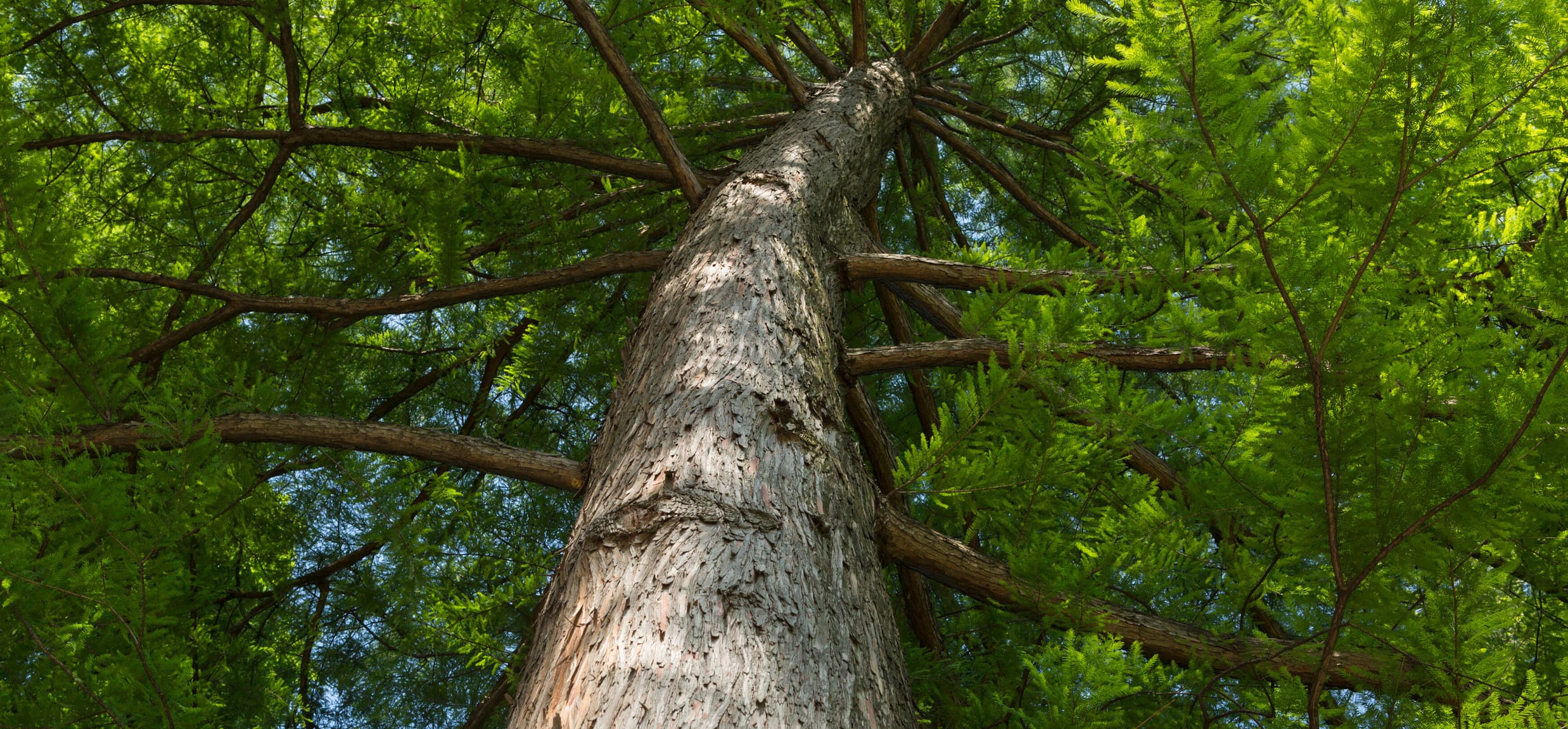Magazine
A Tree Lover’s Guide to the Harlem Meer and North Woods

The North Woods and the landscapes around the Harlem Meer are home to a collection of New York City’s most showstopping trees—many of which are over 100 years old! Explore the Central Park Conservancy’s guide to the area’s best longtime leafy residents, curated by our expert arborists.
Does branching out to explore nature’s towering trees leaf you feeling oak-ceptional? Don’t miss out on one of New York City’s hot spots for amazing arboreal sights.
The North Woods, Central Park’s largest woodland, and the landscapes around the Harlem Meer are home to a collection of the City’s most showstopping trees—many of which are over 100 years old! In anticipation of the Davis Center at the Harlem Meer, which will feature a green roof with various species of trees, we’re spotlighting some of the area’s longtime leafy residents.
The Central Park Conservancy’s tree care team cares for over 18,000 trees in the Park. They are responsible for ensuring the health and beauty of 170-plus species of these complex and diverse plants. You could say they know a thing or two about Central Park’s trees, and they’re thrilled to share some of their insider knowledge.
Iconic Trees
How many of these iconic trees can you spot in Central Park’s Harlem landscapes? We promise, they’re even more breathtaking in person.
Hundreds of bird species find sanctuary in Central Park year-round, and during spring migration, even more use the Park as a vital stopover on their journey. Central Park’s tulip trees attract a symphony of birdsong with orioles, tanagers, indigo buntings, and more adding their melodies to the chorus.



